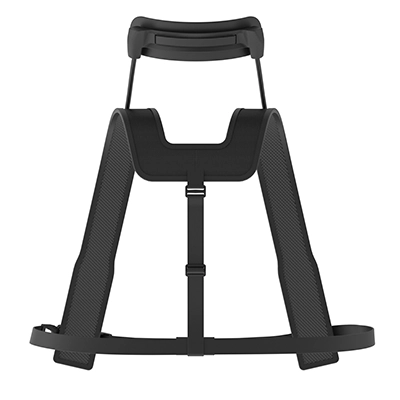More than 30% of workplace accidents are linked to poor posture or repetitive movements, according to EU-OSHA. These...
-
Our exoskeletons
add remove
- Make an appointment
- Contact us add remove
- Warranty statement
- News
Your job
- Agriculture professions add remove
- Building trades add remove
-
Logistics professions
add remove
-
Health professions
add remove
- Paramedic
- Medical laboratory technician
- Other trades add remove
-
Our exoskeletons
add remove
- Make an appointment
- Contact us add remove
- Warranty statement
- News
Search
Categories
Latest posts

You often hear about the RULA method, but do you know why it's essential for assessing workplace risks?Today, we're...

Today, we want to remind you of the importance of preventing Musculoskeletal Disorders (MSD) and how LEA remains your...

LEA is widely used in France and the rest of the world. More than 30,000 analyses have already been carried out by...

Thanks to over 20,000 LEA analyses carried out in France, we benefit from unprecedented visibility of postural risks...
Back or shoulders? Only 10% of workers at risk on both fronts - What does this mean?
Musculoskeletal disorders (MSDs) are a major cause of absenteeism, lower productivity and reduced quality of life for affected workers. |
| Click here to sign up |
Back or shoulders? Only 10% of workers are at risk on both fronts.LEA is widely used in France and the rest of the world. More than 30,000 analyses have already been carried out by you, LEA users. |

A need for targeted solutions
These data underline a crucial point: postural problems are not necessarily global, but often specific to a joint or area of the body.
This distinction is important when it comes to adjusting preventive solutions. For example, repetitive tasks involving excessive strain on the trunk can lead to low-back pain, while those involving the arms can generate shoulder tension. The purpose of this analysis is therefore to target actions on critical areas in order to optimize MSD prevention.
This observation feeds into a broader reflection on ergonomics in the workplace, where we should not be looking for generic solutions, but rather for specific, targeted interventions.
HAPO exoskeletons: the right response
To meet these specific needs, we believe it's appropriate to design non motorized exoskeletons, each designed to reduce stress on a particular area.
For example, an exoskeleton for the back helps support efforts linked to awkward trunk postures, while one for the shoulders relieves repetitive efforts linked to load handling.
Each exoskeleton is designed to address a specific, identified problem.
This approach makes it possible to respond to needs with agility and controlled costs, while reducing fatigue and postural risks. In the long term, the aim is to promote well-being in the workplace while maintaining productivity.
| Explore our solutions |
Beyond simple posture
Of course, in addition to specific solutions for each body zone, it is essential to consider the overall organization of the workstation. The frequency of tasks, the duration of risky postures, and the environment can also contribute to the onset of MSDs.
A holistic approach is therefore recommended, combining technical solutions such as exoskeletons, with organizational adaptations to reduce gestures and postures.
Related posts
 Understanding Postural Analysis with LEA
Understanding Postural Analysis with LEA
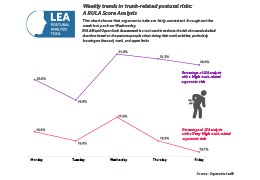 Which is the riskiest day? An analysis based on LEA data
Which is the riskiest day? An analysis based on LEA data
 Mapping Postural Risks in France: A Regional Analysis
Mapping Postural Risks in France: A Regional Analysis
 Postural risks in construction and logistics
Postural risks in construction and logistics
 Optimized ergonomics with LEA - Save time and reduce the risk of MSD
Optimized ergonomics with LEA - Save time and reduce the risk of MSD

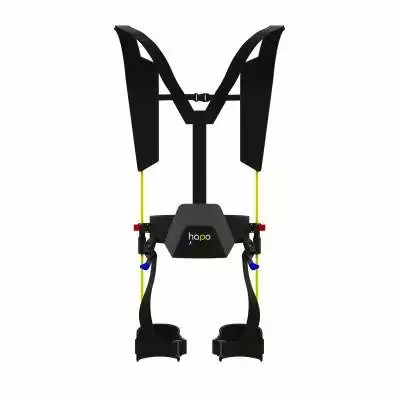
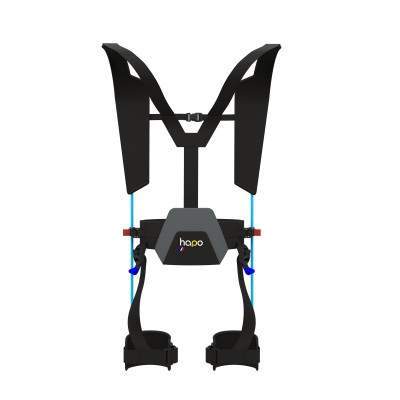
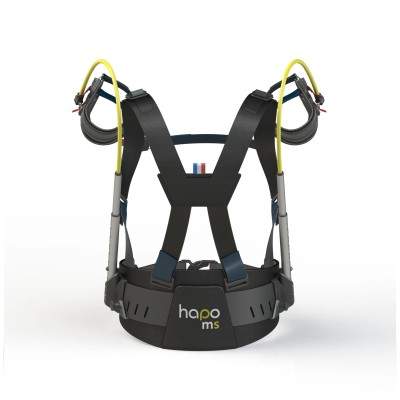
.jpg)
